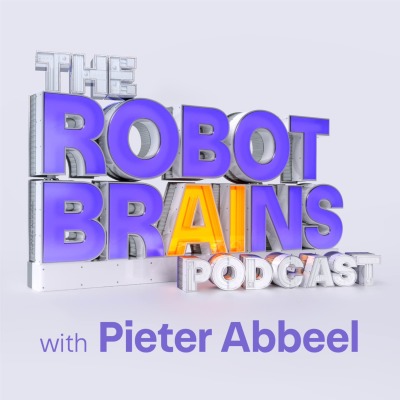

Andrej Karpathy on the visionary AI in Tesla's autonomous driving - The Robot Brains Podcast
Pieter Abbeel meets Tesla's Andrej Karpathy
You can install our site as a web app on your iOS device by utilizing the Add to Home Screen feature in Safari. Please see this thread for more details on this.
Note: This feature may not be available in some browsers.



I noticed how he mentioned that a new untrained NN is useless, it can't do anything. As you add neural connections it starts to get better about recognizing things. Fine, I suppose that's NN 101.I haven't finished listening to the whole thing yet. The part about showing a NN 50,000 variations of a fire-hydrant got me thinking. Would a two stage NN, where the first stage just determines primitive geometric shapes, such as cylinders, boxes and spheres. This would be trained to see such shapes in many different lighting conditions and surface textures. That NN spits out a rudimentary jumble of 3D shapes, which goes into a 2nd NN that that can determine if it's a human, fire hydrant, car, etc.
AFAIK, this is already sort of how convolutional neural networks work.I haven't finished listening to the whole thing yet. The part about showing a NN 50,000 variations of a fire-hydrant got me thinking. Would a two stage NN, where the first stage just determines primitive geometric shapes, such as cylinders, boxes and spheres. This would be trained to see such shapes in many different lighting conditions and surface textures. That NN spits out a rudimentary jumble of 3D shapes, which goes into a 2nd NN that that can determine if it's a human, fire hydrant, car, etc.
@diplomat33 Have you listened to this?
Yes.
It's a good interview. Karpathy interviews are always good. Although I already knew most of what they discussed, so there was not a ton of new info. I like Karpathy. He is smart and knowledgeable. He makes ML interesting. And he always does good interviews. One thing that I especially like about Karpathy is that he is a "true scientist". By that I mean, he is focused on the science and the engineering, like how ML works, how NN work, how the data fits etc... He does not offer crazy predictions on when FSD will be finished, or when Tesla will achieve L5. He is simply focused on the task at hand and solving technical problems.
He loves to make fun of the lidar approach though. He's more diplomatic nowadays, but in the past, it was funny when he kept bringing up the "exact distance to the leaf on that tree."
One interesting bit from the podcast: Karpathy said "you can drive around with a few cars with lidar and use sensor annotation". (Don't remember if this is an exact quote or a paraphrase; just saw it in my notes.) The first hint we got that Tesla might be doing this was in November 2016. The concept is similar to the radar-supervised learning that Karpathy talked about on Autonomy Day.
This is called "feature engineering", and presumes that we (humans) know exactly what intermediate stages of object classification are most useful and relevant, and just as importantly, which are irrelevant. The catch is that a lot of the "fluff" surrounding the shape identification (e.g. "this is pretty much a sphere, but deviates from a sphere in such-and-such hard-to-enumerate ways") turns out to be highly useful, and would be lost in the process you describe. It nearly always ends up being more effective to just let the NN figure out the whole thing for itself end-to-end.I haven't finished listening to the whole thing yet. The part about showing a NN 50,000 variations of a fire-hydrant got me thinking. Would a two stage NN, where the first stage just determines primitive geometric shapes, such as cylinders, boxes and spheres. This would be trained to see such shapes in many different lighting conditions and surface textures. That NN spits out a rudimentary jumble of 3D shapes, which goes into a 2nd NN that that can determine if it's a human, fire hydrant, car, etc.


